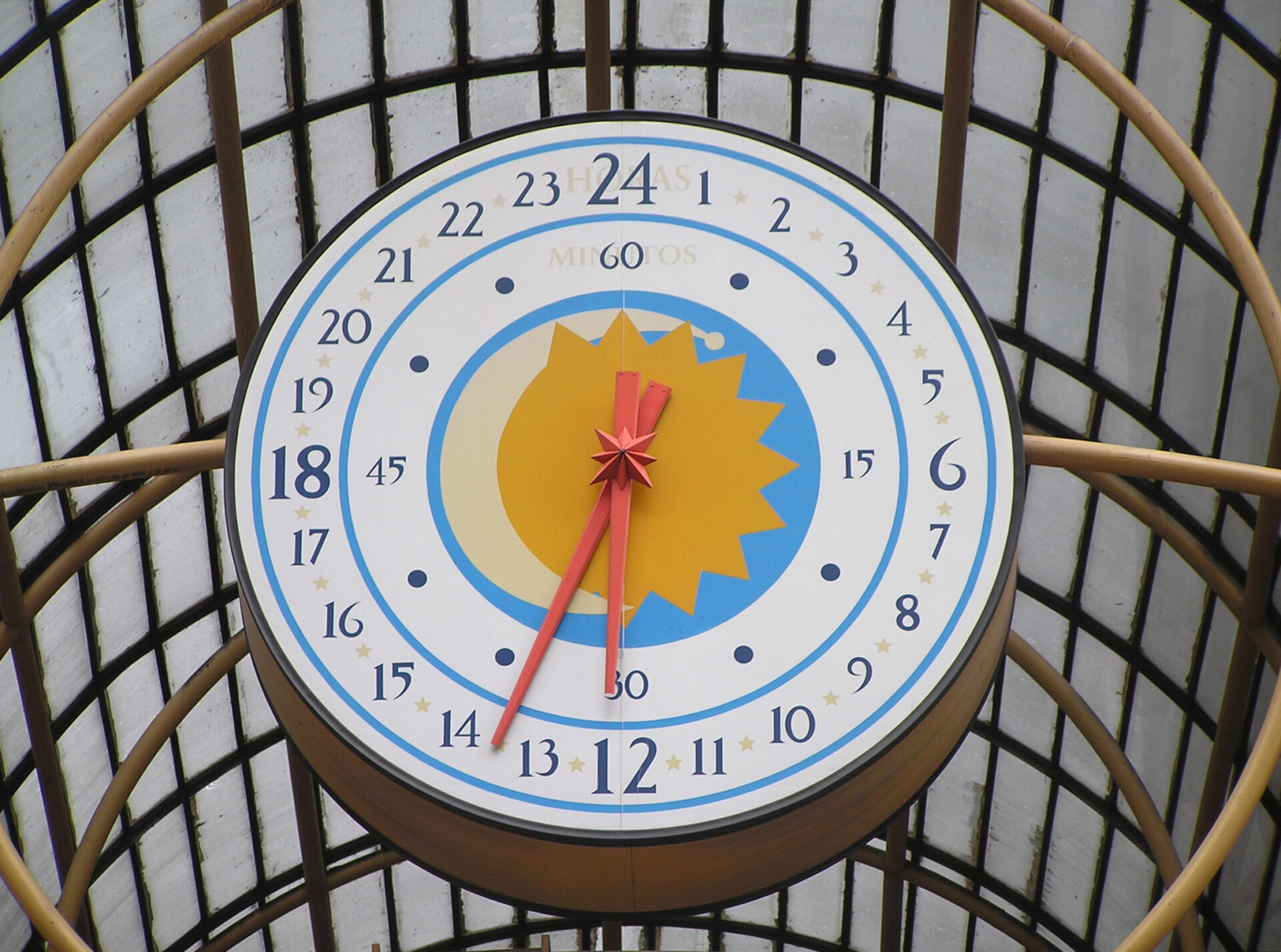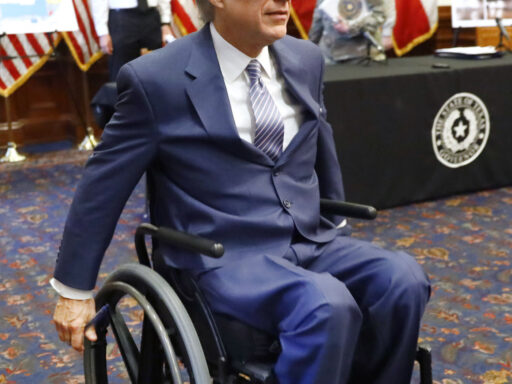When it comes to timekeeping, the military has its unique protocols that differentiate it from the standard 12-hour clock we use in our everyday lives. One such model is the utilization of “2000 military time,” which might sound new to a large number. In this article, we will investigate what 2000 military time is, the way things are utilized in the US, and why it is significant in specific settings.
What is 2000 Military Time?
2000 military time alludes to the time communicated in a 24-hour design, otherwise called the “military time” or “24-hour clock.” In this framework, the day is separated into 24 hours, beginning at 12 PM (0000 hours) and finishing at 2359 hours. Dissimilar to the standard 12-hour clock, military time doesn’t utilize AM and PM to show morning or evening.
2000 military time explicitly addresses 8:00 PM in standard time. To change standard time over completely to military time, you just add 12 hours to any time after midnight. For instance, 1:00 PM becomes 1300 hours, 2:00 PM becomes 1400 hours, and so on.
Using 2000 Military Time in the United States
While the utilization of military time is generally ordinarily connected with the military and different callings that require exact timekeeping, it is additionally utilized in different regular citizen settings in the US. One such model is in the transportation business, where it is urgent to make some standardized memories designed for timetables, appearances, and flights.
Also, a few clinics and medical care offices utilize the military chance to keep away from any disarray or error while reporting operations, medicine timetables, or patient records. This guarantees clear and precise correspondence among medical care experts, diminishing the gamble of blunders.
Additionally, 2000 military time is in many cases utilized in crisis administrations, like police, local groups of fire-fighters, and paramedics. The utilization of a 24-hour clock takes into consideration consistent coordination and correspondence during basic circumstances, where consistently counts.
The Benefits of 2000 Military Time
While the 12-hour clock is widely used and familiar to most people, there are several benefits to using 2000 military time in certain contexts.
With military time, 2:00 AM is addressed as 0200 hours, while 2:00 PM is addressed as 1400 hours, ruling out understanding.
Besides, military time gives a steady and general time design that is effortlessly figured out across various nations and societies. While the AM/PM framework might shift in various districts, military time continues as before, guaranteeing clear correspondence and coordination, particularly in global settings.
In conclusion, utilizing 2000 military time can assist with further developing productivity and exactness in different businesses. By killing the need to change over among AM and PM or stressing over time design inconsistencies, experts can zero in on their main jobs without the gamble of miscommunication or blunders. Orlando Police Officer Alexander Shaouni
In Conclusion
2000 military time, or 8:00 PM in standard time, is only one illustration of how the tactical time framework is utilized in the US. While it might appear to be new to those familiar with the 12-hour clock, military time offers a few benefits regarding lucidity, consistency, and accuracy. Whether it’s in the military, medical care, transportation, or crisis benefits, the utilization of 2000 military time guarantees exact timekeeping and compelling correspondence when consistently matters.







